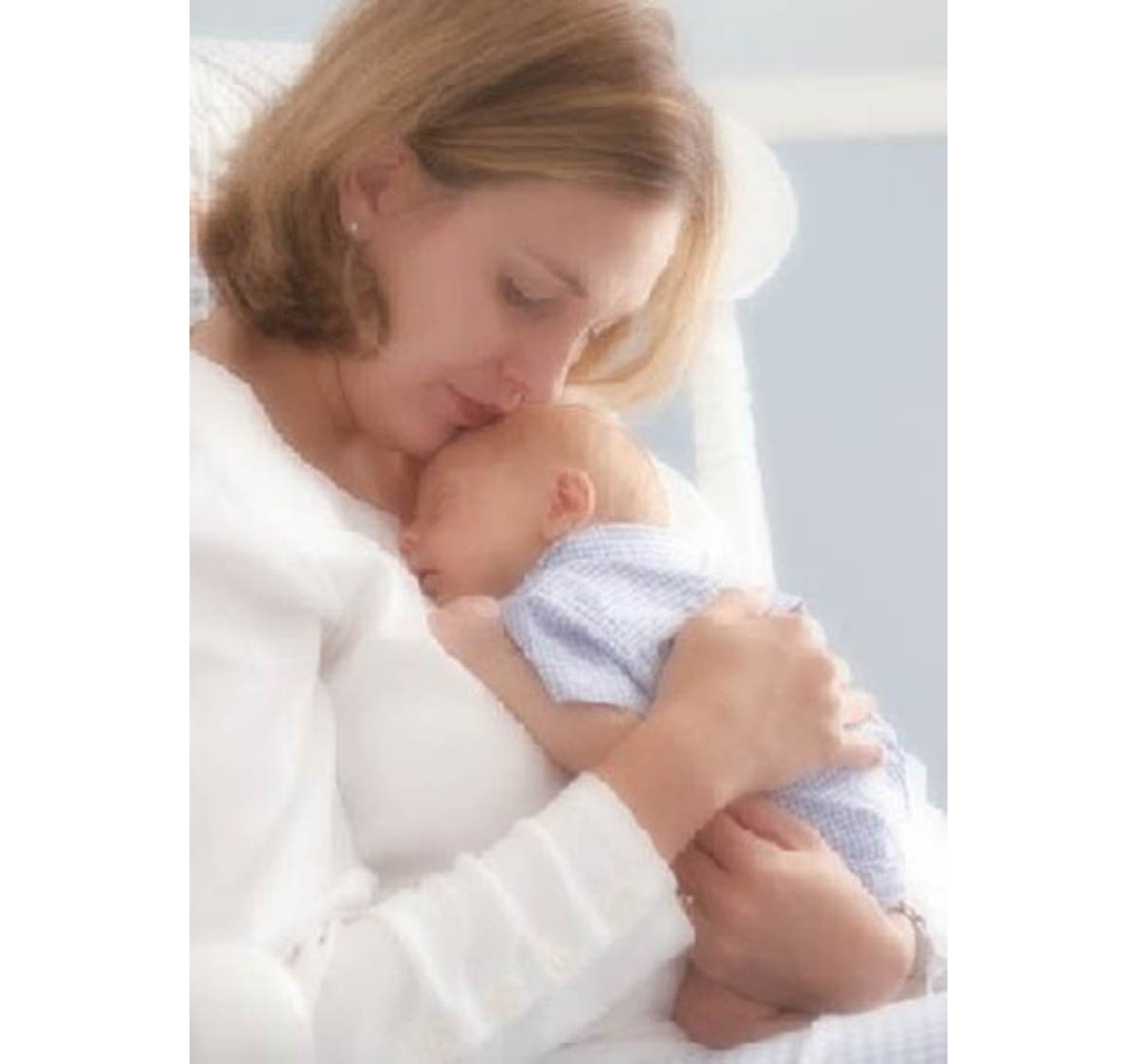Table of Contents
Although increased age is not an absolute barrier to pregnancy, the proven fact remains that female fertility gradually decreases with age, lowering the odds that a woman will get pregnant well before the menopause "closes the door" once and for all (unless, of course, you have had your eggs frozen). While the situation with men is a bit different, it's not nearly as different as many people would like to believe. Women are born with all the eggs that they will ever have in their lives while, men, on the other hand, make fresh sperm continuously throughout their lives — but that fact alone says little about its quality.

Reproduction – facts
Reproduction is, in biology, considered to be the most important function in the life of an organism, and all other processes, including senescence and death, are shaped to serve it. It's what perpetuates the existence of a species. There are quite a few different models of reproduction. The most common are semelparous and iteroparous. Semelparous organisms reproduce by a single reproductive act. Annual and biennial plants are semelparous, as are many insects and a few vertebrates, notably salmon and eels. Iteroparous organisms, on the other hand, reproduce recurrently over a reproductive span that usually covers a major part of the total life span.
In addition, some species have the strategy of producing many offspring with the hope that at least a few will survive, while others put all their resources into just a few, or just one — such as elephants and primates, including humans.
Human fertility depends on various factors such as:
- nutrition,
- sexual behavior,
- culture,
- instinct,
- endocrinology,
- timing,
- economics,
- lifestyle,
- emotions
Male and female reproductive system
Most people are not aware that women are born with a fixed number of eggs - about 400,000. Women’s eggs form in their ovaries during the fourteenth week of fetal growth and they will remain there until puberty. However, this number decreases even during early childhood, bringing the number closer to 300,000 by the time a woman reaches puberty. Over the next 35 to 40 years of reproductive life, only 400 to 500 eggs will ovulate and at menopause only a few hundred will remain.
At puberty, the eggs will eventually start to mature — one by one. At ovulation, the egg bursts from the ovary sometimes causing a small, sharp pain. If the egg is not fertilized by the male sperm, the egg will break down within 24 hours into its components and be reabsorbed by the body. Men on the other hand continually produce sperm throughout their lives, millions of cells.
Fertility and age
Although there is still some disagreement over this issue, most fertility experts agree that fertility decreases with age. There is a lot of evidence that points to this trend. Most people believe that nothing can interfere with man’s ability to produce sperm because they can't “run-out” of it! Although men are not born with a fixed number of sperm cells and can usually make more on demand, age and health can affect a man's ability to reproduce. The fact is that there is a decline in testosterone levels as well as sperm motility as a man ages. Sexual activity of most men also decreases with age. The major factors in male reproductive health include the quality of the ejaculate and the frequency of intercourse.
Why does fertility decrease?
The fact is that for a long time now it was not known why fertility decreases with age.
Research has focused on two areas: aging of the uterus versus aging of the eggs. The modern technology of egg donation has enabled experts to look at these factors separately. If fertility decreases because an older woman's uterus is less capable of carrying a pregnancy, then using younger eggs shouldn't produce very many pregnancies in older women. However, several researches have proven exactly the opposite.
Women in their forties, fifties, and even sixties can all achieve very high pregnancy rates with egg donation. This is the proof that fertility decreases with age due to aging of eggs and chromosomes, not aging of the uterus, like some though it was.
Monthly fertility cycles
A less known fact is that both women and men have hormonal cycles which determine when a woman can achieve pregnancy and when a man is most fertile.
Women
The female cycle is approximately twenty-eight days long. Women ovulate approximately on the fourteenth day of their cycle and that is obviously the most fertile time for females.
Men
Men can ejaculate and produce sperm at any time of the month, but their libido dips occasionally, which scientists guess is in relation to their internal cycle.

